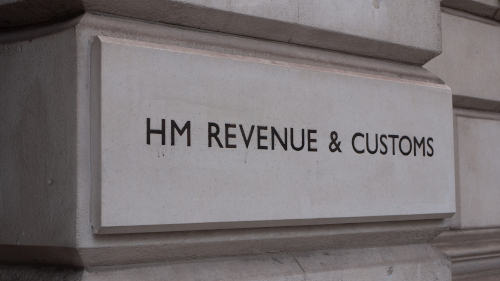And finally… stamped out

HMRC Stamp Duty press machines will be officially retired from service on 19 July 2021, marking the end of over 300 years of tax-related history.
From mid-July, an electronic process will be adopted for the remaining transactions which still required physical stamps, such as duty paid on shares purchased on a stock transfer form.
The introduction of the new process took place during the pandemic, as traditional physical stamping could not function under COVID-19 restrictions. Having worked well as the nation was under lockdown, HMRC decided to retain the new approach.
This change in process leaves the stamp presses themselves in need of new homes. Three of the presses will be retained by HMRC and installed in the newly created regional centres as a nod to the department’s lengthy history, but an appeal is now being made to search for suitable institutions which might be keen to take on one of the five remaining decommissioned presses, preserving them for their historical significance.
The now defunct stamp presses are around a hundred years old and can trace their origins back to the Victorian era, but the process of stamping documents to show that tax had been paid began in England long before that.
The first ‘stamp duty’ was introduced in 1694 as a temporary measure to fund the war on France. It was paid on all paper, vellum or parchment to be used for legal documents, and payment was indicated by an embossed, colourless stamp, hence the name.









